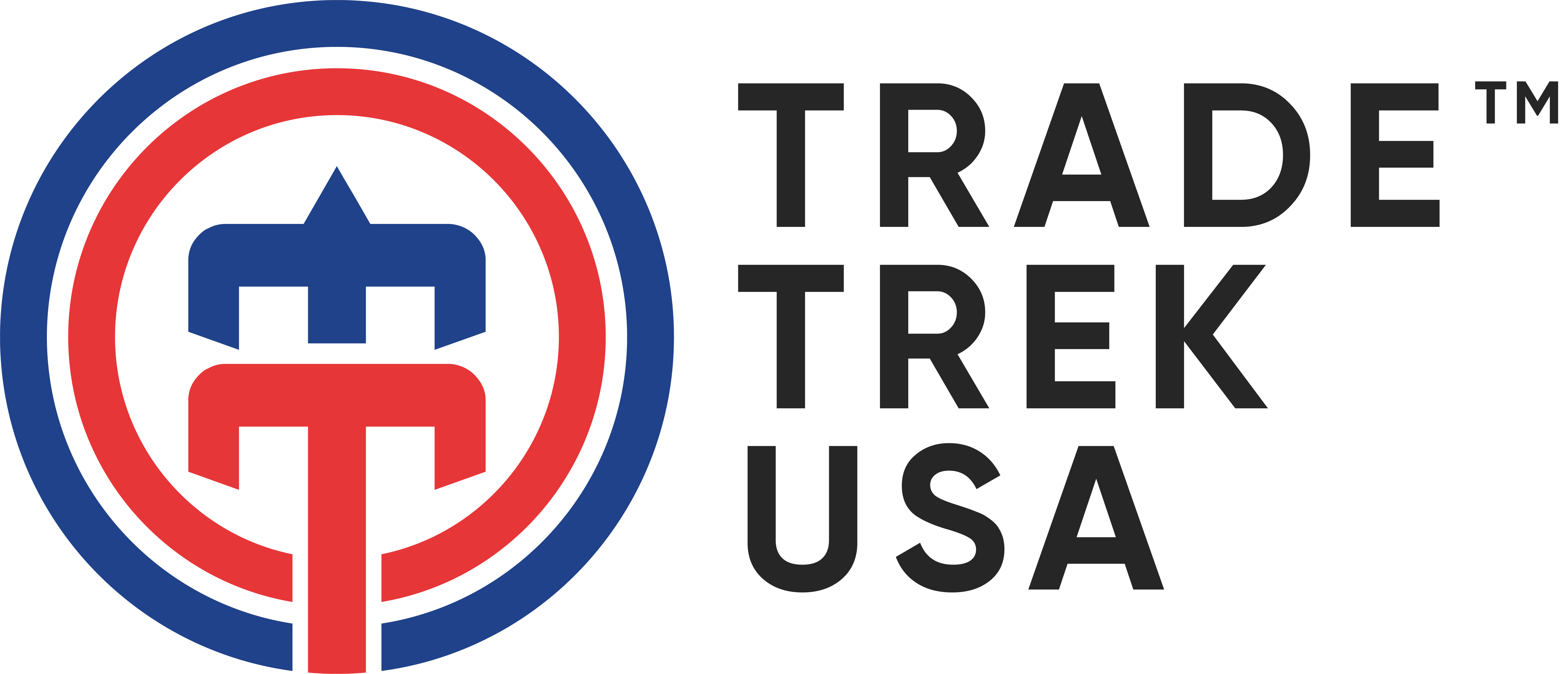Getting your product into the hands of US consumers is one of the most critical aspects of your market entry strategy. The right distribution strategy ensures your product reaches the right audience, at the right time, through the right channels. Here’s how to develop a robust distribution plan tailored for the US market.
Why a Strong Distribution Strategy Matters
A well-planned distribution strategy helps brands:
- Maximize Reach: Connect with consumers across multiple regions and demographics.
- Ensure Efficiency: Minimize delays and optimize logistics for cost savings.
- Boost Sales: Leverage established networks to increase product availability and visibility.
Steps to Build Your Distribution Strategy
1. Understand the US Distribution Landscape
The US market offers a variety of distribution channels, including:
- Direct-to-Consumer (DTC): Ideal for niche or premium products. Use your website or platforms like Amazon.
- Retail Partnerships: Work with big-box retailers, specialty stores, or local shops.
- Hybrid Models: Combine DTC with retail partnerships to expand reach while maintaining a direct consumer relationship.
Evaluate which model aligns with your product and business goals.
2. Identify Reliable Distribution Partners
Partnering with experienced distributors can open doors to established networks. When choosing partners, consider:
- Their existing relationships with retailers and wholesalers.
- Their track record in your product category.
- Their geographic reach and expertise.
Building strong relationships with distributors ensures smoother entry and sustained growth in the market.
3. Plan Your Logistics
Efficient logistics are the backbone of any distribution strategy. Focus on:
- Warehousing: Choose centralized or regional warehouses for optimal coverage.
- Shipping: Partner with reliable shipping providers to maintain product quality during transit.
- Inventory Management: Use tools to monitor stock levels and avoid shortages or overstocking.
4. Leverage Technology for Distribution
Modern technology can simplify and enhance your distribution process. Explore:
- Inventory Management Systems: Track stock levels in real-time.
- Route Optimization Software: Ensure timely deliveries while reducing costs.
- Data Analytics: Monitor sales patterns and identify areas for improvement.
5. Consider Regional Variations
The US is a vast and diverse market, with regional differences in consumer behavior, preferences, and demand. Tailor your distribution approach to:
- Focus on high-demand regions first.
- Adjust product offerings to align with local tastes.
- Scale to new regions based on performance and capacity.
Building Relationships with Retailers and Consumers
A successful distribution strategy is not just about logistics—it’s also about relationships. Foster strong connections by:
- Offering competitive pricing and promotions.
- Providing training and resources to retailers to help them sell your product.
- Ensuring consistent and high-quality customer service for DTC sales.
Monitoring and Adjusting Your Strategy
Distribution isn’t static. Use key performance indicators (KPIs) to measure success, such as:
- Delivery times and order accuracy.
- Inventory turnover rates.
- Regional sales performance.
Regularly review and adjust your strategy to address challenges and capitalize on opportunities.
Final Thoughts
A robust distribution strategy is essential for success in the competitive US market. By choosing the right channels, partners, and technologies, and by tailoring your approach to regional needs, you can ensure that your product reaches the right audience efficiently and effectively. With careful planning and continuous optimization, your distribution strategy can become a powerful driver of growth and market penetration.


